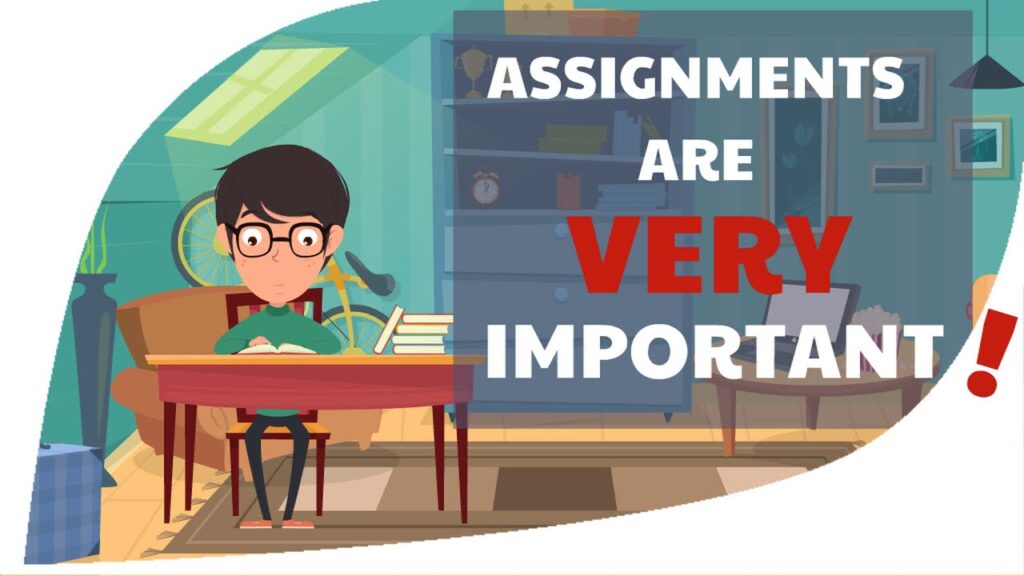Sure, please let me know what you need assistance with.Of course! Is there a specific section you would like me to focus on or any particular details you would like me to include in the next heading of the article? Just let me know how I can further assist you.I’m glad you’re finding the article helpful so far! Let’s continue with the next section of the outline. Please let me know how you would like to proceed or if there is a specific part of the “History of the flipped classroom model” section you would like me to delve into further.I’m glad you’re finding the article helpful so far! Let’s continue with the next section of the outline. Please let me know how you would like to proceed or if there is a specific part of the “History of the flipped classroom model” section you would like me to delve into further.Of course! Let’s delve into the section on the history of the flipped classroom model.
Evolution of Traditional Teaching to Flipped Learning
The concept of the flipped classroom has roots in the traditional teaching methods where instructors deliver lectures during class time, and students work on homework and assignments outside of the classroom. With advancements in technology and the increasing availability of online resources, educators began exploring new ways to enhance learning experiences for students.
Emergence of Technology in Education
As technology became more prevalent in classrooms, particularly with the rise of online videos and resources, educators started experimenting with the idea of reversing the traditional approach to teaching. This shift allowed students to access course materials, such as pre-recorded lectures and readings, outside of class time, freeing up valuable in-person time for more interactive and engaging activities.
Pioneers in Flipped Learning
One of the early pioneers of the flipped classroom model is considered to be two chemistry teachers, Jonathan Bergmann and Aaron Sams. In 2007, they started recording their lectures and posting them online for absent students to catch up. They soon realized the potential of this approach and began implementing it for all their students, leading to improved outcomes and engagement.
Growing Popularity and Research
Over the years, the flipped classroom model gained traction in educational settings worldwide. Researchers began studying its impacts on student learning, motivation, and retention. Studies have shown positive results, with many indicating increased student achievement, active participation, and a deeper understanding of the material.
Integration of Flipped Learning in Different Subjects
Initially popularized in STEM (Science, Technology, Engineering, and Mathematics) subjects, the flipped classroom model has since expanded to various disciplines, including humanities, social sciences, and even professional development courses. Educators have found innovative ways to adapt the model to suit different subject matters and cater to diverse learning styles.
By exploring the evolution and emergence of the flipped classroom model, we gain insight into its origins and the factors that have shaped its growth and adoption in educational practices.I’m glad you’re finding the article helpful so far! Let’s continue with the next section of the outline. Please let me know how you would like to proceed or if there is a specific part of the “Benefits of the flipped classroom model” section you would like me to delve into further.
